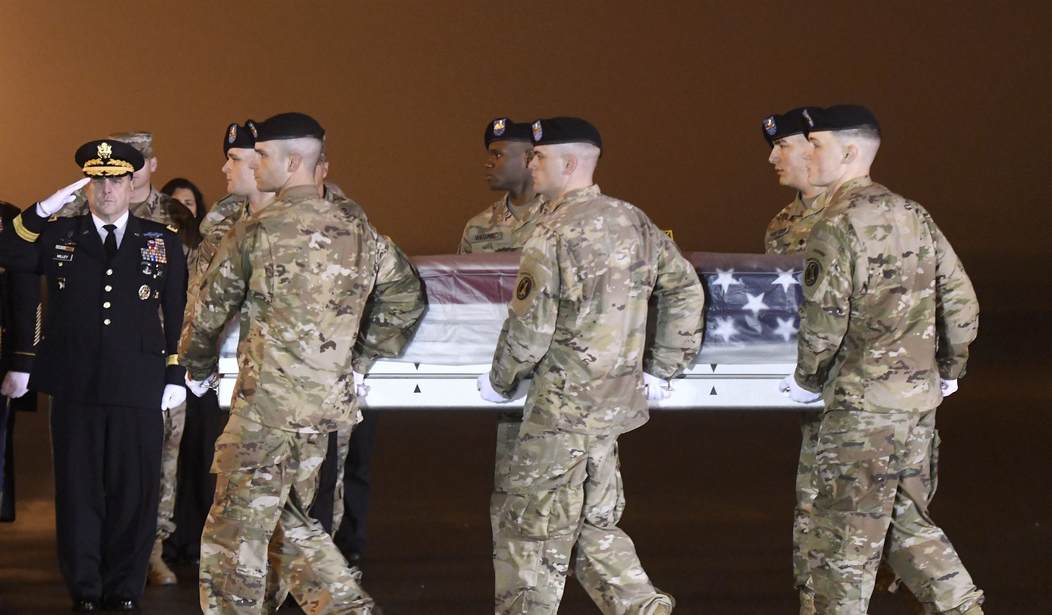On June 27, 2020, the New York Times ran a bombshell story: “Russia Secretly Offered Afghan Militants Bounties to Kill U.S. Soldiers”
In the subsequent uproar, Donald Trump’s denial was seen as just another example of him being a Russian intelligence asset. Trump called it “fake news.”
Meanwhile, the intelligence community was split. The NSA was never convinced of the truthfulness of the story and “strongly dissented” from the view of the CIA. By September, there still was no credible evidence that the Russians had paid anyone to kill U.S. soldiers.
Today, Joe Biden announced sanctions on Russia, in part, for offering bounties on dead U.S. soldiers in Afghanistan. But there’s a problem with that.
.@PressSec on if Russia placed bounties on U.S. troops: "We wanted our intelligence community to look into those reports…they assessed with low to moderate confidence…that Russian intelligence officers sought to encourage Taliban attacks against U.S. and coalition personnel." pic.twitter.com/yASQAMBF2N
— CSPAN (@cspan) April 15, 2021
Intelligence agencies usually designate a report as having “low confidence” because it’s little more than gossip. But the calls for charging Trump with treason never stopped.
It was a blockbuster story about Russia’s return to the imperial “Great Game” in Afghanistan. The Kremlin had spread money around the longtime central Asian battlefield for militants to kill remaining U.S. forces. It sparked a massive outcry from Democrats and their #resistance amplifiers about the treasonous Russian puppet in the White House whose admiration for Vladimir Putin had endangered American troops.
But on Thursday, the Biden administration announced that U.S. intelligence only had “low to moderate” confidence in the story after all. Translated from the jargon of spyworld, that means the intelligence agencies have found the story is, at best, unproven—and possibly untrue.
Over Trump’s four years in office, it’s impossible to point to a single story that did the most political damage to the president. This was just another in a long line of unproven assertions by the media that we knew all along was in the tank for Joe Biden.
But the Times story — “fake news” — also had a real-world impact on policy.
“We have noted our conclusion of the review that we conducted on the bounties issue and we have conveyed through diplomatic, intelligence, and military channels strong, direct messages on this issue, but we are not specifically tying the actions we are taking today to that matter,” a senior administration official told reporters in reference to the bounty claims.
There’s no excuse for the Times running this story. Will anyone hold them to account?
According to the officials on Thursday’s call, the reporting about the alleged “bounties” came from “detainee reporting” – raising the specter that someone told their U.S.-aligned Afghan jailers what they thought was necessary to get out of a cage. Specifically, the official cited “information and evidence of connections to criminal agents in Afghanistan and elements of the Russian government” as sources for the intelligence community’s assessment.
Without additional corroboration, such reporting is notoriously unreliable.
Obviously, the Times didn’t get “additional corroboration.” They saw a juicy anti-Trump story and ran it without checking it.
“All the news that’s fit to fake.”









Join the conversation as a VIP Member